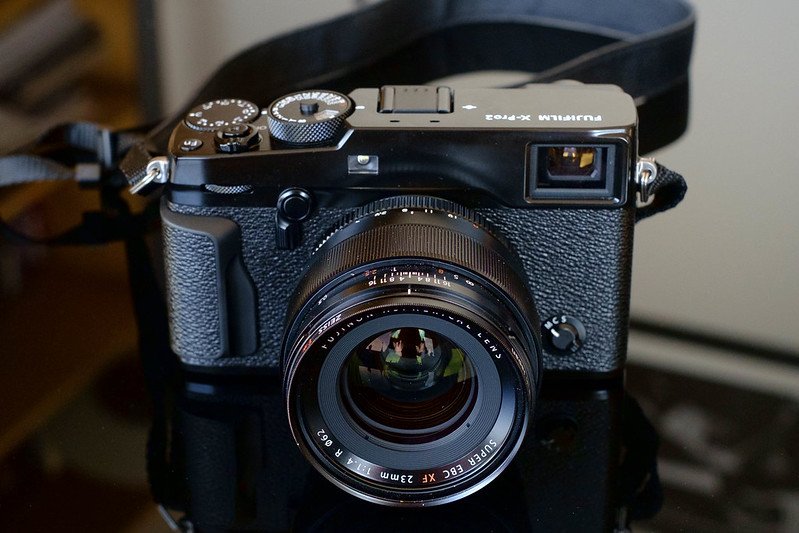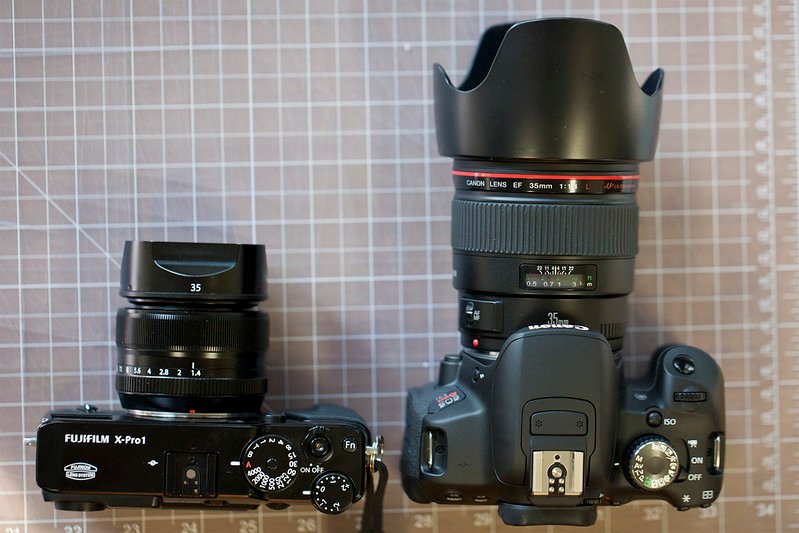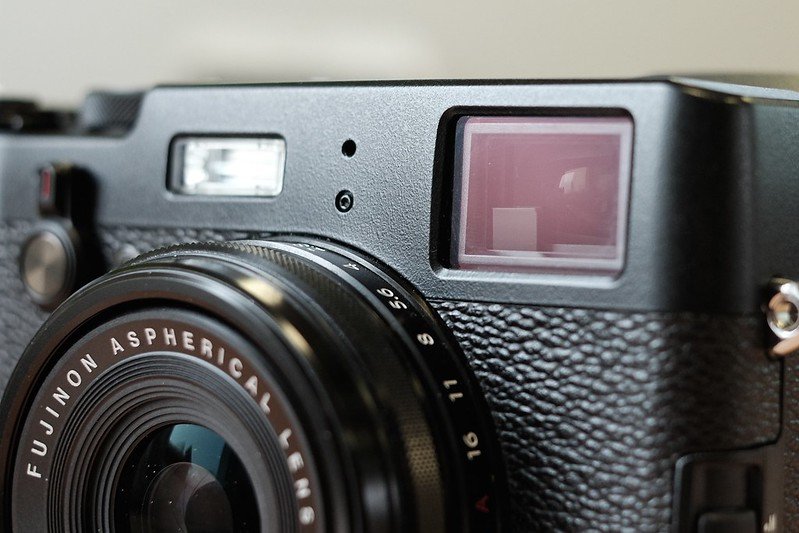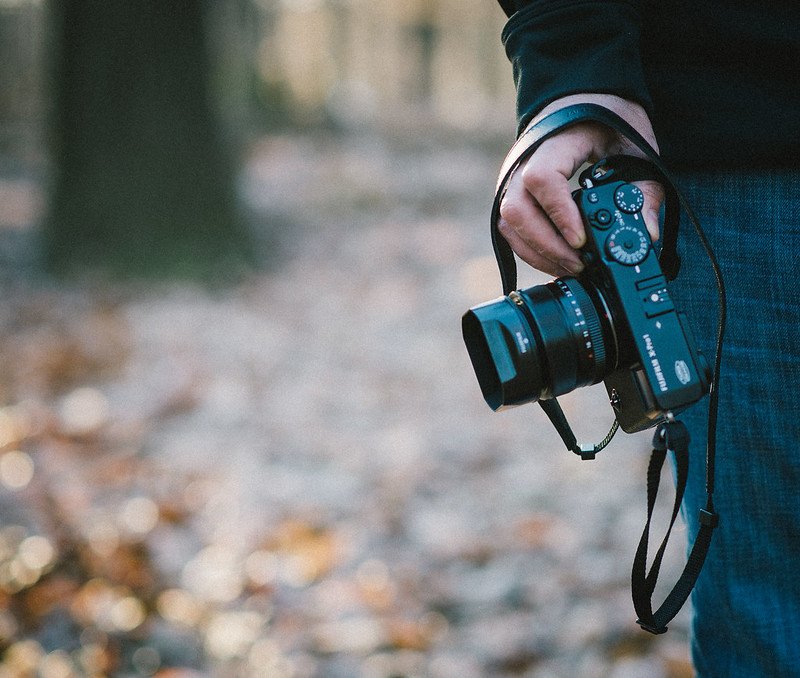It doesn’t take long while looking for a camera that you see a Fuji and wonder: Why are Fuji cameras so expensive? In this article we will find out the reason why, all the while killing a price myth. Let’s get right in.
Introduction
I’ve been a photographer for years and I have used all the camera brands you can think of: Olympus, Sony, Canon, Nikon and more. When Fuji step up to the scene in a big way more than a decade ago, a lot of people were taken aback by the price and wondering Why are Fuji cameras so expensive?

In this article I will give you a solid reason why, and also show why it is NOT as expensive as you think it is.
Why are Fuji cameras so expensive?
1. Not all Fuji’s are expsensive
In order to find out why are Fuji cameras so expensive, we need to look back about a decade. Surprise, surprise Fuji had a LOT of cameras and none of them were expensive. Bridge cameras, waterproof cameras, nothing particularly expensive.

So not all Fujis are expensive, this came with the birth of the original Fuji X100. So one could say that the X series are what are expensive, but what makes them so?
2. The viewfinder technology

Pick up any Rangefinder style Fuji, like the x100f or X-Pro line and you will put your eyes to one of the most incredible pieces of viewfinder technology you can find. Normally you have two types of viewfinders, the optical viewfinders that are pieces of glass that show you the framelines, and then you have digital viewfinders that are essentially mini screens.
The problem with digital is, sometimes the screen is small, or it ends up hurting your eyes because you are squinting at a screen. The issue with the rangefinder’s optical viewfinder is you have no idea of what you are shooting (It is a separate mechanism from the lens) and if you had any other lens then what was supported by the camera, you needed to attach an extra viewfinder on top of the camera. Fuji is the ONLY camera in the world with the dual viewfinder and it is a thing of beauty. You can switch between optical and electronic viewfinder by lifting a lever so you had both right in. It supports all the lenses without having to get any extra viewfinder.

But the thing that makes your jaw drop is the sort of augmented reality you get on the viewfinder. Actual rangefinder viewfinders rely on light. The Fuji viewfinders on the other hand superimpose things like histograms right on the optical image.
You will never forget looking inside the viewfinder at night and then seeing the histogram pop up in all of it’s glory. Is it the only answer to the question why are Fuji cameras so expensive? Only part of it. Next point.
3. The X-Trans sensor
When it comes to creating high quality images, one of the most important aspects is first and foremost the lens but also the sensor. There’s been two big sensor technologies throughout the years, one is CCD and the other is CMOS.

Fuji on the other hand bucked the trend and introduced the X-trans sensor. This is proprietary technology so ONLY Fuji has this and this is not licensed. What that means is less moire and also sharper images.
The other side of that coin is, the images have a certain subtle look to them that you just won’t find anywhere else. Speaking of which…
4. The film advantage
Fuji is different then any other camera manufacture out there because even when they were making cameras, they were one of the biggest FILM manufacturers. Kodak is a long gone memory so I won’t even go there.
Digital cameras have only one job: To make the image as bland and as straight as possible. This is where filters and presets come in and also why Instagram took the world by storm with their filters. Many cameras have built-in filters inside, so you can make some images with sepia tones, etc.

But most photographers know that this is mostly junk. Not Fuji. The advantage of having film manufacturing experience is that they translated their specific film look to digital. Those Fuji film simulations actually LOOK like the real thing. Provia looks like Provia and behaves the same way.
And yes, as you can guess, this is proprietary and only Fujis has those.
5. What about the X-T line?

The X-T line of cameras don’t have that cool Hybrid viewfinder. Why is it expensive then? The reason thy is simple: The X-T line are beasts in terms of cameras and are pro-level gear with the adequate price attached. Huge CPU with huge frame buffers, insanely fast focus, stabilization, high resolution video, there’s a lot in there to justify the price even without the viewfinder technology.

Proof Fujis aren’t expensive at all
Why are Fuji cameras so expensive is a leading question. In fact Fujis aren’t expensive at all. It all depends compared to what. Compared to Leica that is mostly brand driven? It’s downright cheap! Comparing apples to apples, the Fujis are pretty adequately priced.
Pro level APSC Canons and Nikons are more expensive then the Fujis. The Pro-level Olympus PEN F upon release was less then the X-Pro but those are smaller sensors. If we are talking about your run of the mill Canikon DSLR geared towards beginners then yes it is expensive, but comparing them to the Canikons that it rivals, Fuji is cheaper.
Fuji had a bunch of older X cameras without the viewfinder and the Xtrans sensor, like the Fuji X-A1 and these were priced the same as your entry level DSLR.

Conclusion
So Why are Fuji cameras so expensive? It is mostly a combination of factors, but mostly because of proprietary technology found in their sensors, viewfinder and film simulation. And even if you take these away, once you compare the Fujis to comparable cameras of other manufacturers they are adequately prices.
If you compare a run of the mill DSLR to a Fuji, the price might seem high but once you realize most of them are Professional grade cameras, the price is right on the money and more than worth it.
